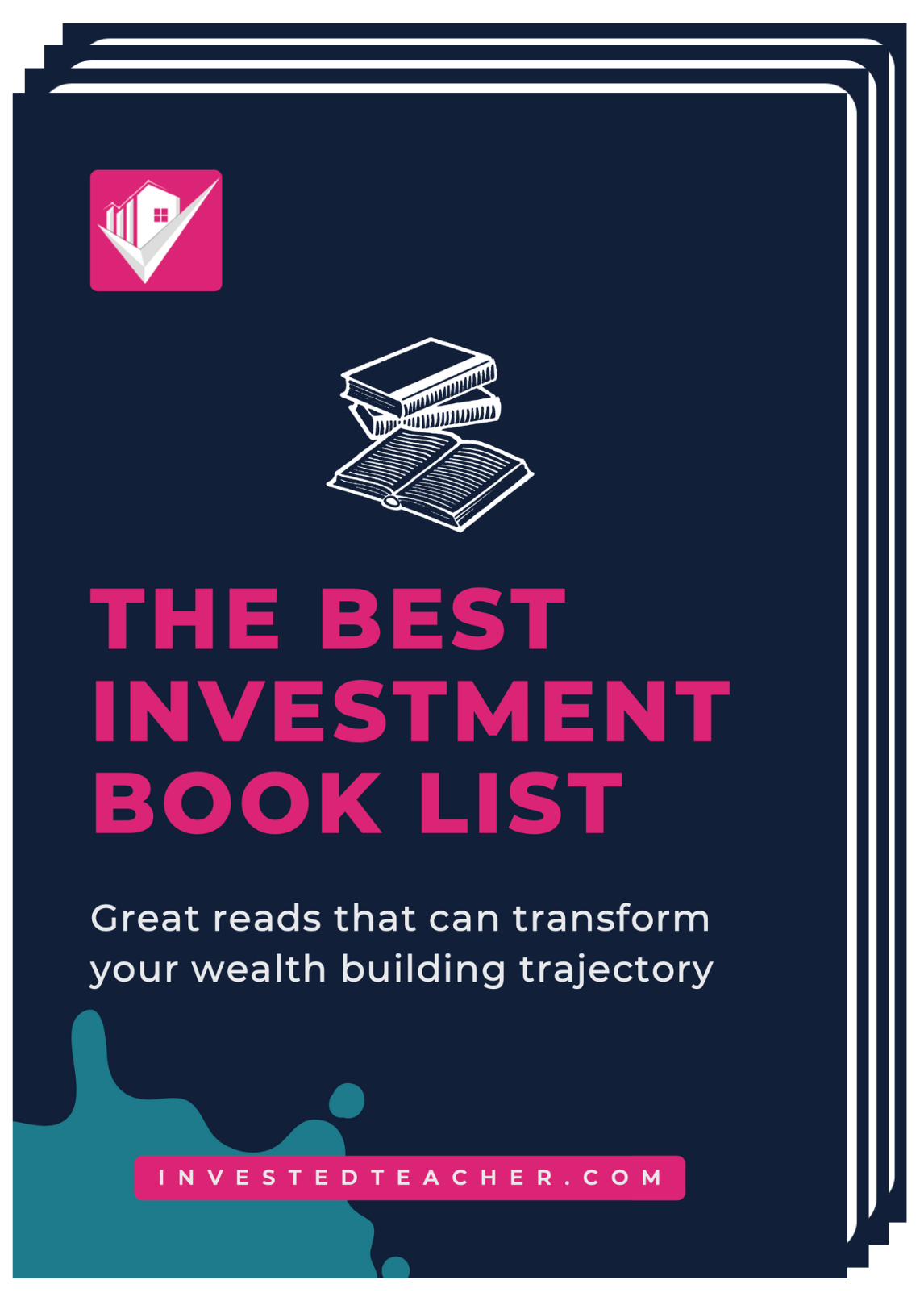The Canadian Passive Income Tax Trap: The Problem Every Successful Incorporated Business Owner Has and How to Solve It [Secret Sauce Ep13]
Listen here on our website:
Or jump to this episode on your favourite platform:
Are you an incorporated business owner paying the high investment income tax rates on your corporate held assets like high-yield savings, GICs, dividend stocks or real estate rental income?
In this episode, we take a deep dive into the often-overlooked issue of passive income tax for incorporated business owners. Many incorporated entrepreneurs and investors find themselves unexpectedly giving away over 50% of the passive income they earn compared to the much lower active business income tax rate, leading to a significant reduction in their overall profits. This episode addresses these concerns head-on, offering valuable insights and strategies through a specific client case study to help you manage your corporate investment income to minimize passive income taxes in the most efficient way possible.
As a Canadian incorporated business owner, understanding the corporate income tax landscape is crucial to maximizing your wealth and minimizing unnecessary passive income tax expenses. This podcast episode not only highlights the common pitfalls successful business owners fall into, but also provides an actionable strategy tailored to the unique needs of incorporated businesses with significant retained earnings. Whether you’re just starting out or have been in the game for a while, the information shared in this episode is designed to help you navigate the complexities of Canadian corporate passive income tax with confidence.
What you’ll learn:
- Gain a clear understanding of the differences between passive income and active income tax rates and how they impact your business.
- Learn practical strategies to reduce your passive income tax burden and optimize your corporation’s financial health.
- Unpack a real-world case study along with the expert advice we provided this specific client that you can apply to your own Canadian incorporated business passive income situation immediately.
Tune in now to discover how to tackle the passive income tax problem and keep more of your hard-earned money!
Resources:
-
- Corporate Investment Income Taxes 2024 [Ernst & Young]
- Corporate Income Tax Rates 2024 [TaxTips.ca]
- Like this short, “Wealth Secret Sauce” Episode? Tell us in your rating and review on Apple Podcasts.
- Dig into our Ultimate Investment Book List
- Book a Discovery Call with Kyle to review your corporate (or personal) wealth strategy to help you take the next step in your Canadian Wealth Building Journey!
- Follow/Connect with us on social media for daily posts and conversations about business, finance, and investment on LinkedIn, Instagram, Facebook [Kyle’s Profile, Our Business Page], TikTok and TwitterX.
- Looking for a new mortgage, renewal, refinance, or HELOC? Reach out to Jon for your Ontario Mortgage needs so he can share some options.
Calling All Canadian Incorporated Business Owners & Investors:
Consider reaching out to Kyle if you’ve been…
- …taking a salary with a goal of stuffing RRSPs;
- …investing inside your corporation without a passive income tax minimization strategy;
- …letting a large sum of liquid assets sit in low interest earning savings accounts;
- …investing corporate dollars into GICs, dividend stocks/funds, or other investments attracting corporate passive income taxes at greater than 50%; or,
- …wondering whether your current corporate wealth management strategy is optimal for your specific situation.
This episode helps Canadian incorporated entrepreneurs, business owners and investors to determine what they should be doing with the retained earnings they currently have in liquid, low-risk interest or dividend generating passive income assets that are being taxed away at the approximate 50% corporate investment income (or passive income) tax rate. Rather than annually giving half of your corporate investment returns to the CRA, all business owners should be considering a high-cash value permanent insurance policy such as universal life insurance or participating whole life insurance in order to shelter the low-risk growth from passive income taxes, but to also provide for a means to leverage for additional asset purchases or tax-free income.
On the Canadian Wealth Secrets Podcast, we routinely discuss Canadian investment portfolios, rates of return, Canadian real estate, incorporated business owners, corporate wealth management, participating whole life insurance, infinite banking, bank on yourself and much more!
Watch Now!
Transcript:
It’s Kyle from the Canadian Wealth Secrets podcast, and I’m here to help you understand, especially those incorporated business owners. Today, we’re gonna be talking to those with active income, so those with operating companies. We’re gonna talk a little bit about the RRSP, or maybe even an IPP, but we’re actually gonna talk about something a little bit different, a little unique. Some of you may find IPPs unique, but we’re gonna talk about what might be a better option for you than the RRSP, the IPP, or some of the other strategies that might be out there with your company.
So let’s get started here. I’m going to go ahead and share a little drawing. I’m not an artist, but I’m gonna do my best to help us with some understanding. So first off, we’re gonna talk about you. We’re gonna assume you’re a 100% shareholder. However, you don’t have to be; you could be 50/50 with a partner or a spouse, or thirds, it doesn’t really matter. But today, we’re just gonna keep it simple and assume you personally own this operating company. Another option could be that this is a holding company above, and you own shares of the holding company. We’re not gonna get into that today. Everything we’re talking about here today would apply in that situation as well.
First and foremost, let’s make sure we understand what’s going on when you earn active income inside your operating company. This means we’re not earning investment income primarily. We’re doing active work, right? So we’re earning active income. On that first $500,000, we get a small business deduction, which makes the rate here in Ontario 12.2%. Everywhere else is a little bit cheaper. Ontario’s the highest currently, anyway, as I record this. So 12.2% isn’t bad, but the problem is that’s money charged to the company, and you still don’t have it in your personal pocket. So that’s a problem. Anything above that is going to be 26.5%.
So we’re gonna kind of play in this land for now. However, if you’re in this higher bracket, this would still apply. Everything still makes sense. This is a large tax bracket. And of course, if you’re paying all of that out, that’s going to be problematic for you as a shareholder. So for the summer, we’re thinking about what to do with this money, especially if you’re considering a retirement plan.
The most common thought is, well, if I could just take some money back myself, I’ll take money back and send it to my RRSP. Now, this is like a new jail. You have a jail here; you got a jail there. You’re taking this money. The problem is that you have tax to deal with. In order to open up room in the RRSP, you’re gonna actually have to have a salary, or you’ll take it as a dividend. If you already have RRSP room for other reasons, such as other salaried jobs you’ve had or previous salaries from your company, either way, you’re gonna have tax.
The challenge is that if I’m taking a small amount, then the tax isn’t going to be super punitive. If I take a salary, that’s going to be a deduction to the company, so I won’t pay tax in the company. If I take a dividend, I pay tax in the company and a dividend tax personally. We’ve talked in episodes of the podcast about how to navigate that with taxation. However, the problem with an RRSP is that you can actually only contribute up to a maximum of 18% of your salary or under $28,000 per year. That doesn’t give you a lot of room each year, and it also doesn’t give you a great deduction unless you’re in one of the higher tax brackets.
If I’m taking $300,000 out of my company each year as a salary, I’m paying a substantial amount. On average, I’m paying in the low 30% range on the entire amount, or I’m in the marginal tax bracket of over 53% here in Ontario. Sure, I’ll get half of $28,000 back, but I’m still paying about $100,000 in taxes personally. So that’s a problem. And my RRSP might not get large enough over time to make this make sense.
The other option is, instead of going RRSP, I could set up what we call an IPP, which is an Individual Pension Plan. This is nice because it’s creditor protected. But the problem is this is expensive to set up, and while you can contribute more than the RRSP limit each year, they are very expensive to set up and maintain. Now, if it’s a significant amount of money, the costs will make sense. But the problem in both cases is that you can grow a big RRSP or a big IPP, but when it comes back, guess what? You have to pay tax.
So let’s put these on pause for now. We’re not saying you should completely melt them down or not use them at all, but let’s talk about how we can do this a little better. I’m going to introduce this idea, same thought process, but now we’re gonna assume you have a million dollars of retained earnings. That means you’ve already paid taxes on that income. If it was in one year, you earned more than a million dollars, got taxed on the first $500,000 at the lower rate, and anything above $500,000 at the higher rate, and net, you had a million left. This money is still stuck in the company.
One option is to take this money and send it off to an IPP or straight to a wealth account, like with a big bank or wealth manager. You could buy growth stocks or real estate with this money inside the corporation. The problem is, you still don’t have any money personally. Eventually, a shareholder will have to pay tax on these retained earnings if they are not expensed away in the company. If they stay as retained earnings and you don’t have enough expenses to essentially use up all this money, you will never see that money as a shareholder without paying tax. If you take out this $1 million as a salary, you’re saying goodbye to half of it. If you take it out as a dividend, you’ll say goodbye to about 40%.
But imagine there was a bucket to get these retained earnings out over time. There is: life insurance. Inside the corporation, you can use corporate tax dollars to purchase permanent life insurance, which is guaranteed to pay out. Every dollar you put in creates more cash value, building equity similar to a home. Over time, the cash value grows and gets closer to the death benefit, which also grows. This death benefit pays out tax-free to shareholders, providing a long-term exit strategy for retained earnings in a tax-efficient manner.
In the meantime, you can leverage this cash value to buy additional assets. As cash flow comes back, you pay back the loan and let the policy grow. This creates two compounding machines, and you’re not paying any taxes. Eventually, you can leverage the cash value for personal income through a personal loan, which banks are willing to provide against the policy. Personal loans have no tax, though they do have interest, which is preferable to high tax rates.
If you have significant retained earnings each year, funding a policy with these amounts provides you with cash flow equivalent to after-tax amounts and extra to reinvest. For those with less retained earnings, building a policy in a tax-efficient way still creates legacy and personal income in a tax-efficient manner.
If this interests you, book a call with us, and we’ll discuss your scenario to see if a permanent life insurance strategy is a good fit for minimizing taxes and maximizing your accumulated assets over your lifetime.
Alright, once again, it’s Kyle. Thanks for hanging around, and let me know if you’re interested in learning more. We’ll chat soon.
Canadian Wealth Secrets is an informative podcast that digs into the intricacies of building a robust portfolio, maximizing dividend returns, the nuances of real estate investment, and the complexities of business finance, while offering expert advice on wealth management, navigating capital gains tax, and understanding the role of financial institutions in personal finance.
"Education is the passport to the future, for tomorrow belongs to those who prepare for it today.”
—Malcolm X

Design Your Wealth Management Plan
Crafting a robust corporate wealth management plan for your Canadian incorporated business is not just about today—it's about securing your financial future during the years that you are still excited to be working in the business as well as after you are ready to step away. The earlier you invest the time and energy into designing a corporate wealth management plan that begins by focusing on income tax planning to minimize income taxes and maximize the capital available for investment, the more time you have for your net worth to grow and compound over the years to create generational wealth and a legacy that lasts.
Don't wait until tomorrow—lay the foundation for a successful corporate wealth management plan with a focus on tax planning and including a robust estate plan today.
Insure & Protect
Protecting Canadian incorporated business owners, entrepreneurs and investors with support regarding corporate structuring, legal documents, insurance and related protections.
INCOME TAX PLANNING
Unique, efficient and compliant Canadian income tax planning strategy that incorporated business owners and investors would be using if they could, but have never had access to.
ESTATE PLANNING
Grow your net worth into a legacy that lasts generations with a Canadian corporate tax planning strategy that leverages tax-efficient structures now with a robust estate plan for later.
We believe that anyone can build generational wealth with the proper understanding, tools and support.
OPTIMIZE YOUR FINANCIAL FUTURE



